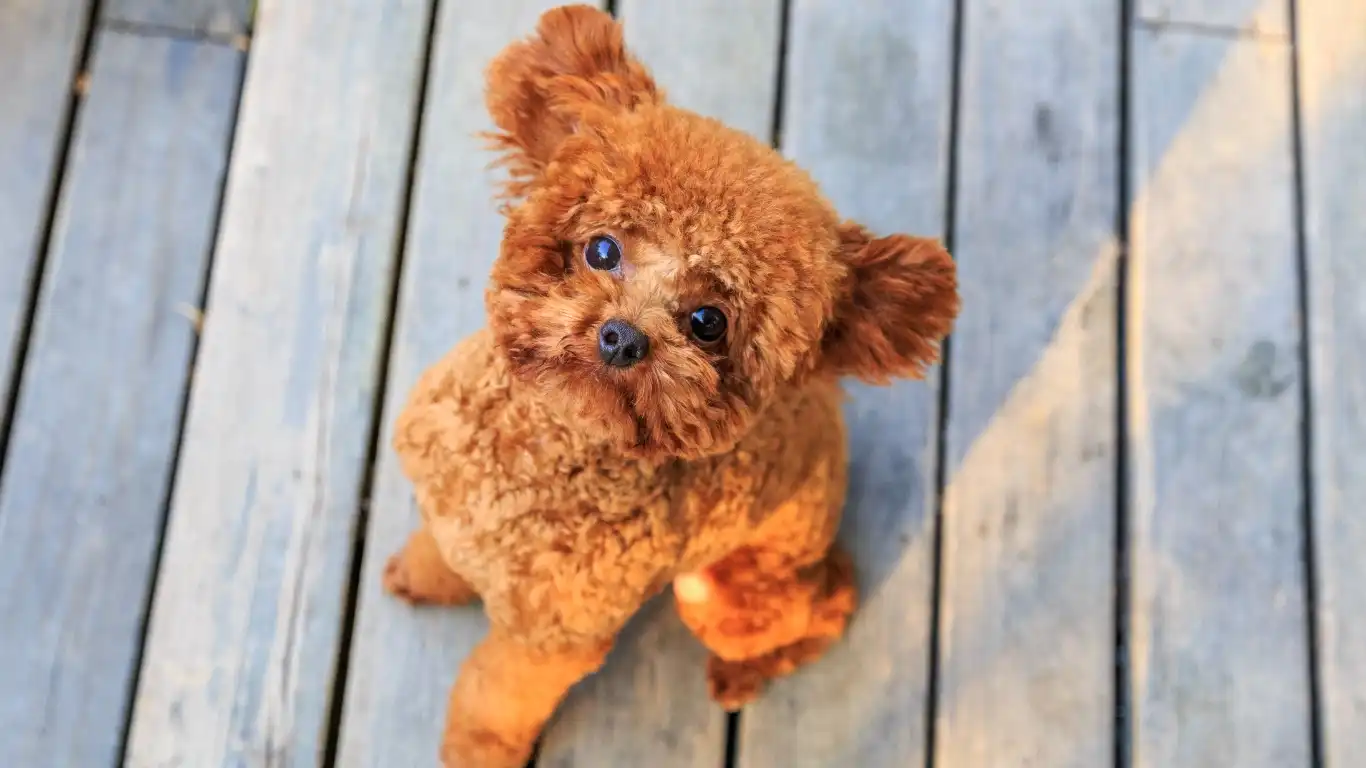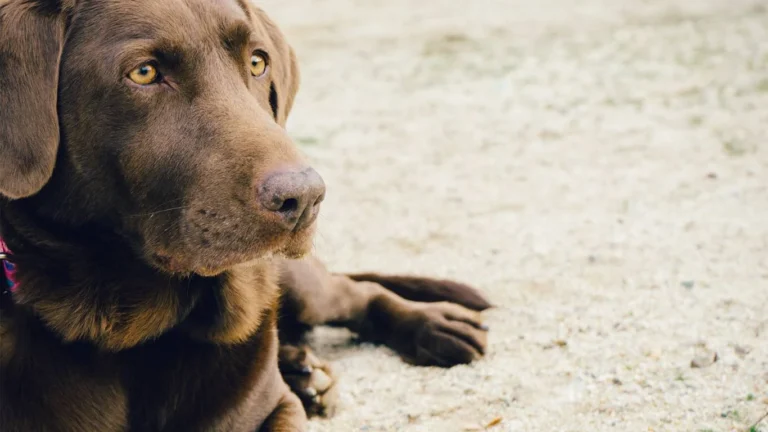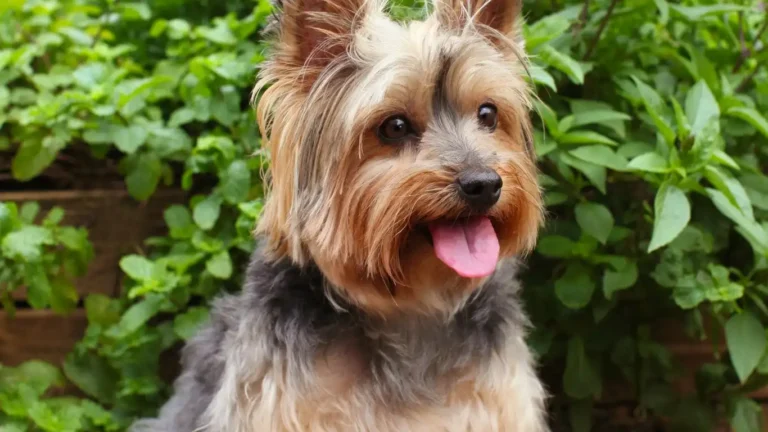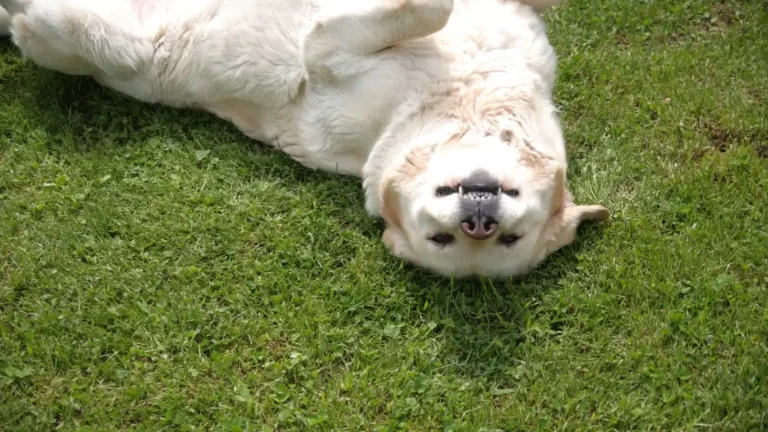If you’ve ever noticed your dog panting heavily or seeking out the coolest spots in the house during a scorching summer day, you’re not alone. As someone who’s worked closely with furry friends for years, especially focusing on their nutrition and overall well-being, I’ve seen firsthand how heat waves can really stress our pups out. Knowing how to help your dog stay cool during heat waves isn’t just about comfort—it’s about keeping them safe. Dehydration, heatstroke, and exhaustion are very real risks for dogs in high temperatures, and the right steps can make all the difference.
Understanding Why Dogs Struggle with Heat
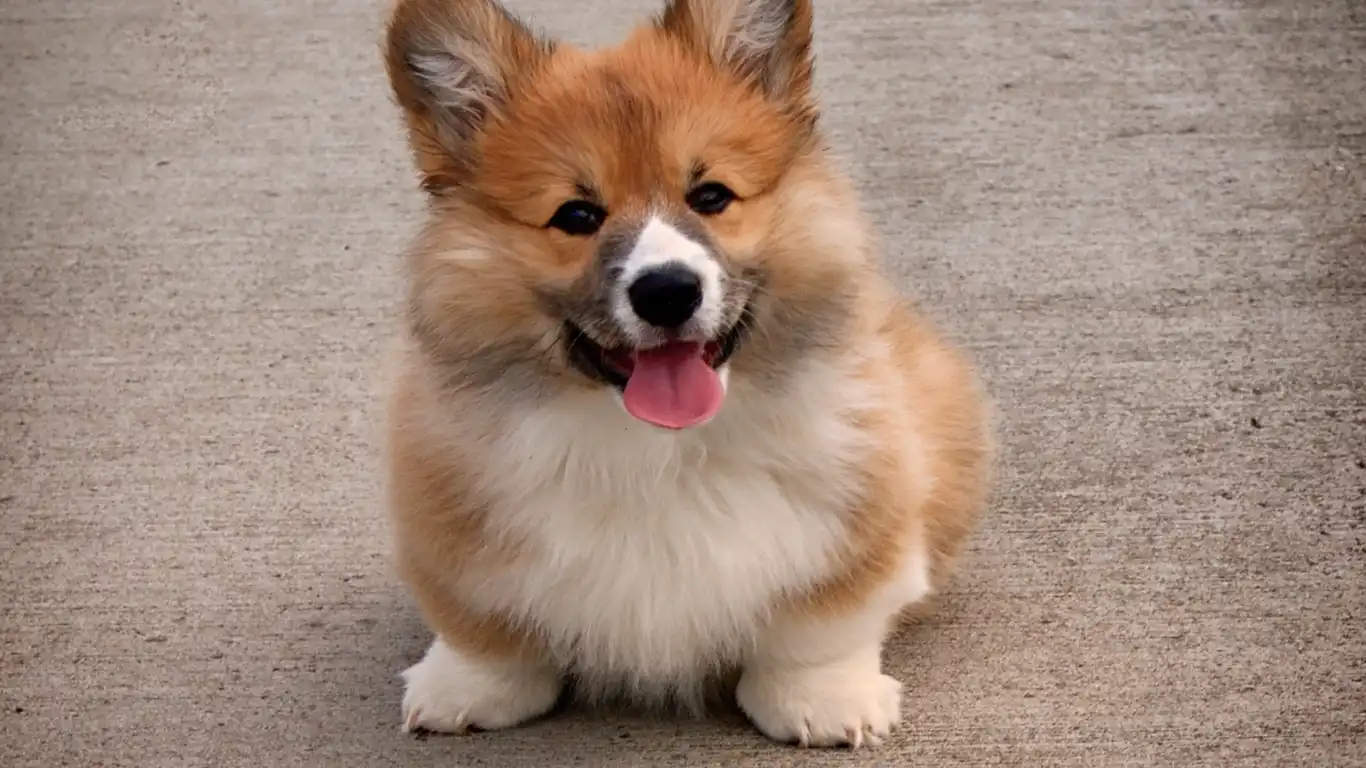
Dogs don’t sweat like we do. Their primary way of cooling off is through panting and a bit of sweat from their paw pads, but that’s not nearly as effective as human sweating. This means when the mercury rises, their bodies have to work extra hard to keep cool. I’ve noticed with my own canine patients that certain breeds, especially those with thick coats or flat faces like bulldogs and pugs, tend to suffer more during heat waves.
From my veterinary tech experience, I always emphasize that recognizing the signs of overheating early is critical. Signs like excessive panting, drooling, lethargy, or even vomiting shouldn’t be ignored. It’s easy to mistake heavy panting for just a dog being hot, but it can escalate fast. Knowing this is the first step toward keeping your dog safe.
Key Factors That Influence Heat Stress in Dogs
- Breed and Coat Type: Thick-coated dogs or those bred for colder climates tend to overheat quickly.
- Age and Health: Puppies, older dogs, and those with heart or respiratory issues are more vulnerable.
- Activity Level: Running around or playing outside in the sun increases heat production.
- Environment: Urban areas with concrete and little shade tend to trap heat.
Practical Tips on How to Help Your Dog Stay Cool During Heat Waves
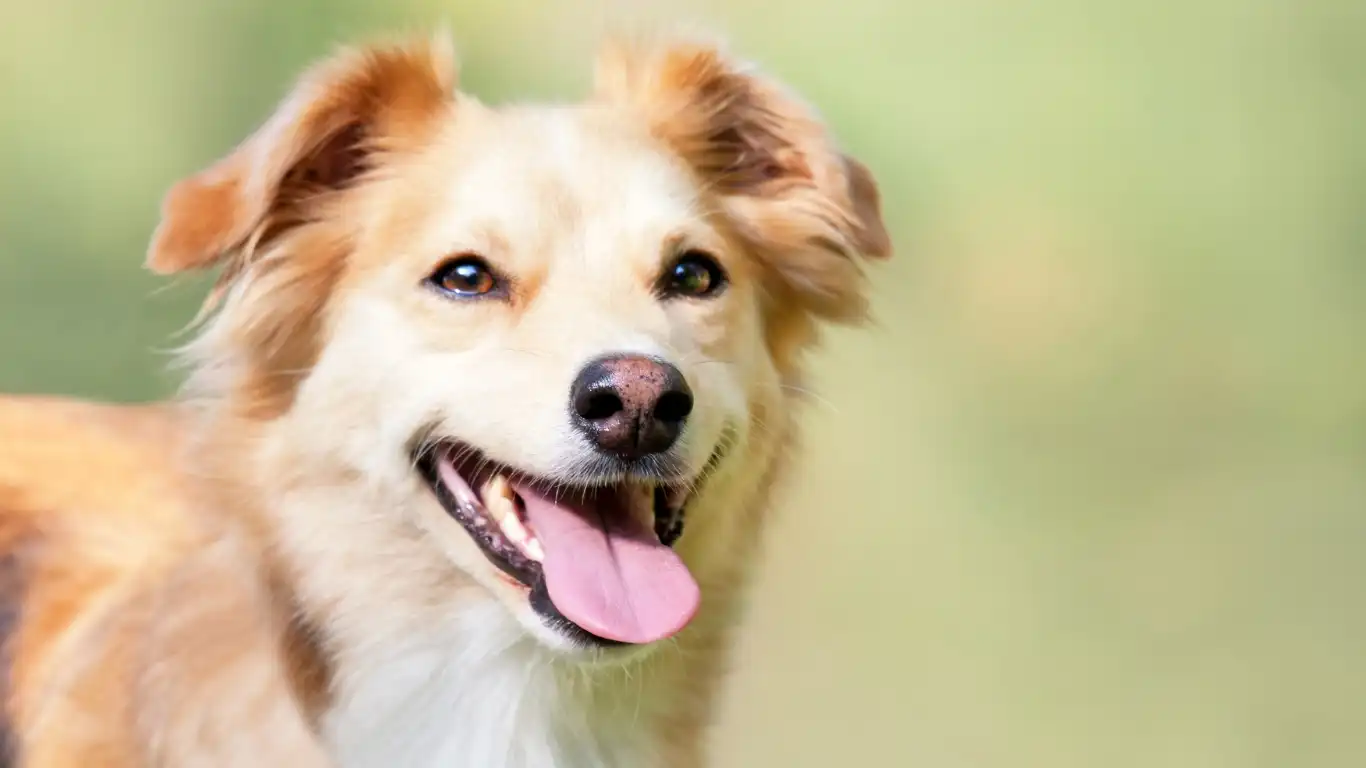
Let me share some tried-and-true strategies I’ve used personally and professionally to help dogs beat the heat:
1. Keep Them Hydrated, Always
Hydration is key. I can’t stress enough how important it is to have fresh, cool water available at all times. Some dogs are picky drinkers, so switching up the water bowl or adding a little ice can encourage them to drink more. If you’re out for a walk or at the park, bring water with you—those portable bowls are lifesavers.
2. Provide Plenty of Shade and Cool Spots
Whether you have a backyard or just a balcony, make sure there’s a shady spot for your dog to retreat to. I like to recommend cooling mats or damp towels for pets to lie on—they really help lower their body temperature. Indoors, ceiling fans or air conditioning can be lifesavers during extreme heat.
3. Adjust Exercise Routines
From my experience, early mornings or late evenings are the best times to get your dog moving during heat waves. Avoid midday sun completely. It’s tempting to keep up with your usual routine, but your dog’s safety should come first. Shorter, slower walks help prevent overheating and paw pad burns from hot pavement.
4. Use Cooling Gear
There are some great products out there designed to keep dogs cool, like cooling vests and bandanas. I’ve found these especially helpful for high-energy dogs who need to stay active even in hot weather. They work by holding water and using evaporation to reduce heat, which mimics how we cool off naturally.
5. Mind Their Diet During Hot Weather
Nutrition plays a surprisingly important role when it comes to keeping dogs cool. In my years as a veterinary technician specializing in nutrition, I’ve learned that feeding your dog lighter meals during heat waves can really help. Heavy, rich foods require more energy to digest, which can raise their internal body temperature. Instead, opt for smaller, more frequent meals with plenty of moisture, like wet food or adding water to dry kibble. This not only keeps them nourished but also contributes to hydration.
Also, avoid giving too many treats or table scraps that are high in fat or salt—these can actually increase thirst and make them feel hotter. I always remind pet owners to keep an eye on what their pups are eating and drinking, especially during the warmer months, because even subtle diet changes can help with heat management.
How to Recognize and React to Heatstroke in Dogs
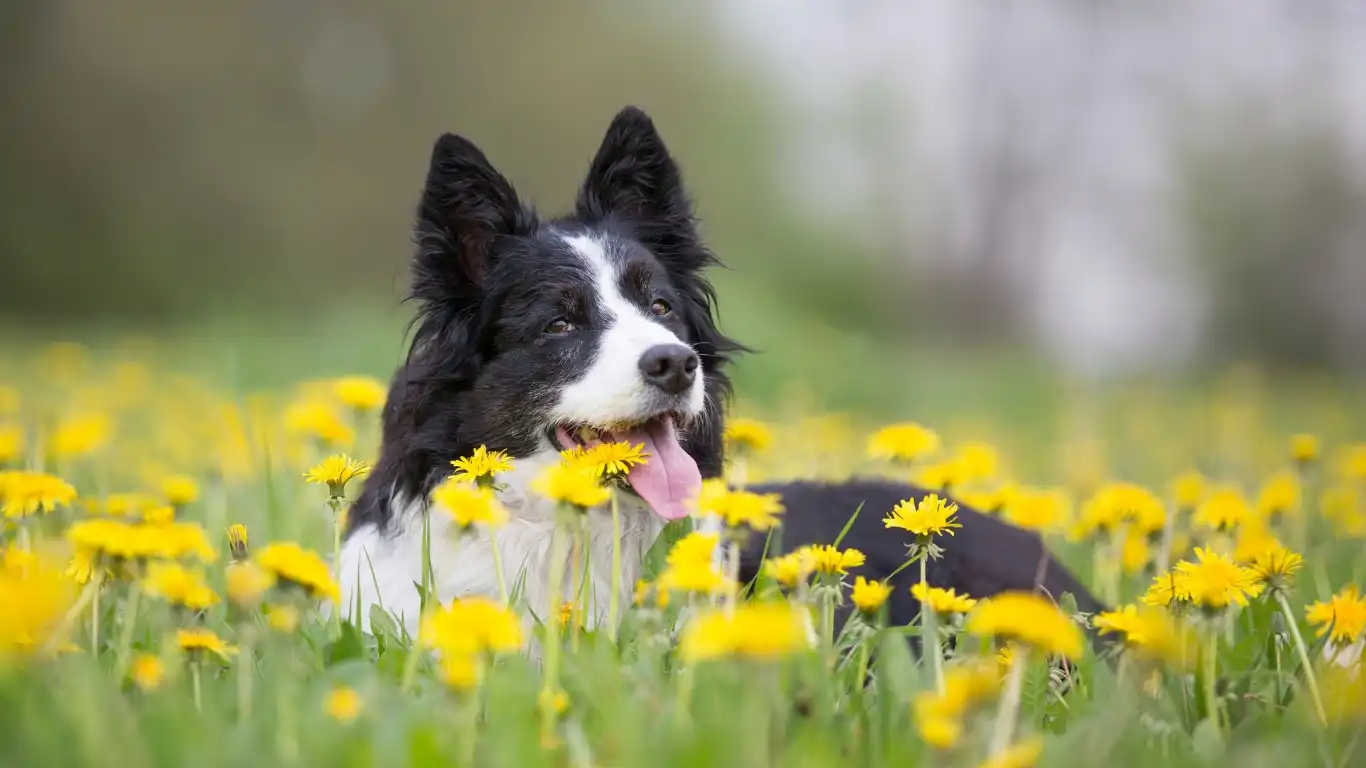
Despite your best efforts, sometimes dogs can still overheat, and it’s crucial to recognize the warning signs of heatstroke before things get serious. From my hands-on experience in clinics and hospitals, catching heatstroke early can save a dog’s life. Here’s what to look for:
- Heavy, excessive panting that doesn’t slow down even when the dog rests.
- Bright red or pale gums—a classic sign that circulation is affected.
- Rapid heartbeat or difficulty breathing.
- Excessive drooling or thick saliva.
- Weakness, dizziness, or collapse.
- Vomiting or diarrhea—sometimes with blood.
- Seizures or unresponsiveness in severe cases.
If your dog shows any of these signs, it’s time to act quickly. In the clinic, I’ve seen how every minute counts. First, move your dog to a cooler, shaded area. Use cool (not cold) water to wet their coat—especially the belly, paws, and head—to help bring down their body temperature gradually. Avoid ice-cold water or ice packs because rapid cooling can cause shock. Offer small amounts of water to drink, but don’t force it if they’re struggling to swallow.
Then, call your veterinarian immediately or head to the nearest emergency pet hospital. Heatstroke is a medical emergency, and professional treatment might include IV fluids, oxygen therapy, and close monitoring.
Creating a Dog-Friendly Cooling Zone at Home

One of the easiest ways to keep your dog cool during heat waves is to set up a dedicated cooling zone at home. From my perspective, this is an underrated but super effective tip. Here’s how you can create one:
- Choose a shaded or air-conditioned spot: Whether it’s a quiet corner inside or a covered patio outside, pick a place where your dog can escape the heat.
- Use cooling mats or pads: These gel-based or water-activated mats absorb heat and give dogs a nice chill. My clinic always recommended them for dogs prone to overheating.
- Place damp towels or blankets: Simply soaking a towel in cool water and laying it out can offer instant relief.
- Keep fans running nearby: Gentle air circulation helps evaporate moisture and cool the skin.
- Provide frozen treats: Homemade frozen broth cubes or dog-friendly popsicles are a delicious way to keep cool.
I like to remind pet parents that consistency is key—make sure this cooling zone is always accessible, especially during peak heat hours. Over time, dogs learn to gravitate toward these spots when they start feeling warm.
Avoid These Common Mistakes When Trying to Cool Your Dog
It might sound obvious, but sometimes the simplest mistakes can make a big difference. From my veterinary experience, here are some pitfalls to watch out for:
- Leaving dogs in hot cars: This can turn deadly within minutes. Even cracked windows don’t provide enough ventilation.
- Using ice baths: Sudden temperature drops can cause shock or muscle cramps.
- Ignoring breed-specific risks: Some breeds need extra attention, and assuming all dogs tolerate heat the same can be dangerous.
- Over-exercising during heat: It’s tempting to push your active dog, but rest and shade come first.
- Not monitoring water intake: Assuming your dog drinks enough without checking can lead to dehydration.
Additional Cooling Strategies and Lifestyle Tips for Hot Weather
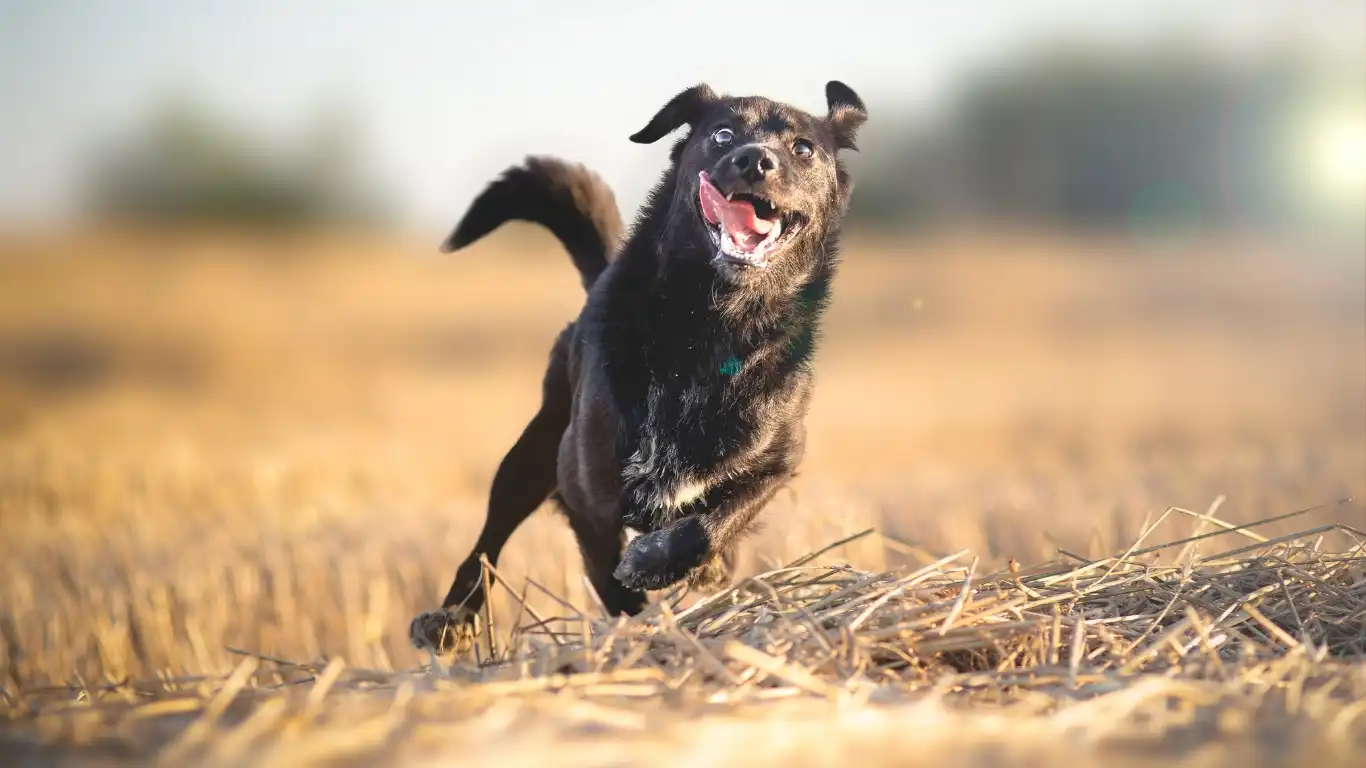
Over the years, I’ve found that combining several small habits makes a huge difference in helping dogs stay cool and happy during those sweltering summer days. Beyond hydration, shade, and diet tweaks, here are some extra tips that really come in handy:
Use Water Wisely
Dogs often love playing in water, and this can be a fantastic way to help them cool down. I’ve watched anxious or nervous dogs transform into playful, carefree pups when given access to a shallow kiddie pool or a gentle sprinkler. Just make sure the water is fresh and not too cold, and supervise your dog to keep play safe. If you don’t have a yard, even a light misting with a spray bottle can provide quick relief.
Keep Grooming Appropriate
Many people think shaving a dog down during summer is the best way to help them beat the heat—but this isn’t always true. As someone who’s worked closely with grooming professionals, I’ve learned that coat removal can sometimes expose dogs to sunburn or cause their bodies to lose natural cooling benefits from fur. Instead, regular brushing to remove loose undercoat and dirt can improve airflow and comfort without risking skin damage.
Consider Your Dog’s Living Environment
If you live in a hot, humid climate, it’s important to think about your dog’s indoor environment as well. I always advise making adjustments such as:
- Installing fans or portable air conditioning units in rooms where your dog spends the most time.
- Closing blinds or curtains during peak sunlight hours to reduce indoor heat buildup.
- Using breathable bedding made of cotton or moisture-wicking fabrics instead of heavy blankets.
Small changes like these help maintain a consistently cool space, which is crucial because dogs can’t regulate their body temperature as efficiently as we do.
Special Considerations for Vulnerable Dogs

Certain dogs need extra TLC when temperatures climb. I’ve worked with many senior dogs and dogs with chronic health conditions, and they deserve special attention to stay safe during heat waves.
Older Dogs
Senior dogs often have slower metabolisms and may suffer from arthritis or heart conditions that make overheating even more dangerous. From experience, I recommend limiting their outdoor time and providing soft cooling mats that don’t put pressure on aching joints. Keeping their water intake steady and monitoring for any unusual signs of discomfort is also key.
Brachycephalic Breeds
Flat-faced dogs like Bulldogs, Pugs, and Boxers naturally struggle to cool down because their airways are narrower. I’ve seen how quickly these breeds can go from happy and active to dangerously overheated. Extra precautions such as avoiding direct sun, using cooling vests, and providing fans or air conditioning are essential. Also, avoid intense exercise altogether during heat waves.
Puppies and Sick Dogs
Young puppies are still building their ability to regulate temperature, and sick dogs might have compromised systems that make heat dangerous. I always stress to pet parents to keep a close eye on these vulnerable groups and consult with a veterinarian before introducing new activities during hot weather.
When to Call the Vet: Know Your Limits
Even with all the right measures, sometimes dogs still need professional help. I’ve worked alongside vets during heat emergencies and can’t emphasize enough the importance of trusting your instincts. If your dog shows persistent signs of distress—heavy panting that doesn’t ease, weakness, confusion, vomiting, or collapse—don’t wait to seek veterinary care.
If you’re unsure whether your dog’s symptoms warrant a visit, it’s always better to be cautious. A quick call to your vet can give you peace of mind and help you act fast if needed.
Final Thoughts on Helping Your Dog Stay Cool During Heat Waves
Caring for dogs during hot weather is about more than just comfort—it’s about protecting their health and ensuring they enjoy the summer safely. From my years in veterinary care, combining proper hydration, shaded resting areas, appropriate diet, and careful monitoring creates a solid foundation to beat the heat together. Every dog is unique, so observe your pup’s behavior, adjust as needed, and don’t hesitate to ask your vet for personalized advice.
References
- American Veterinary Medical Association
- American Society for the Prevention of Cruelty to Animals
- Cornell University College of Veterinary Medicine
Disclaimer
This article is intended for informational purposes only and does not replace professional veterinary advice. If you suspect your dog is suffering from heat-related illness or any other health issue, please contact your veterinarian immediately.
